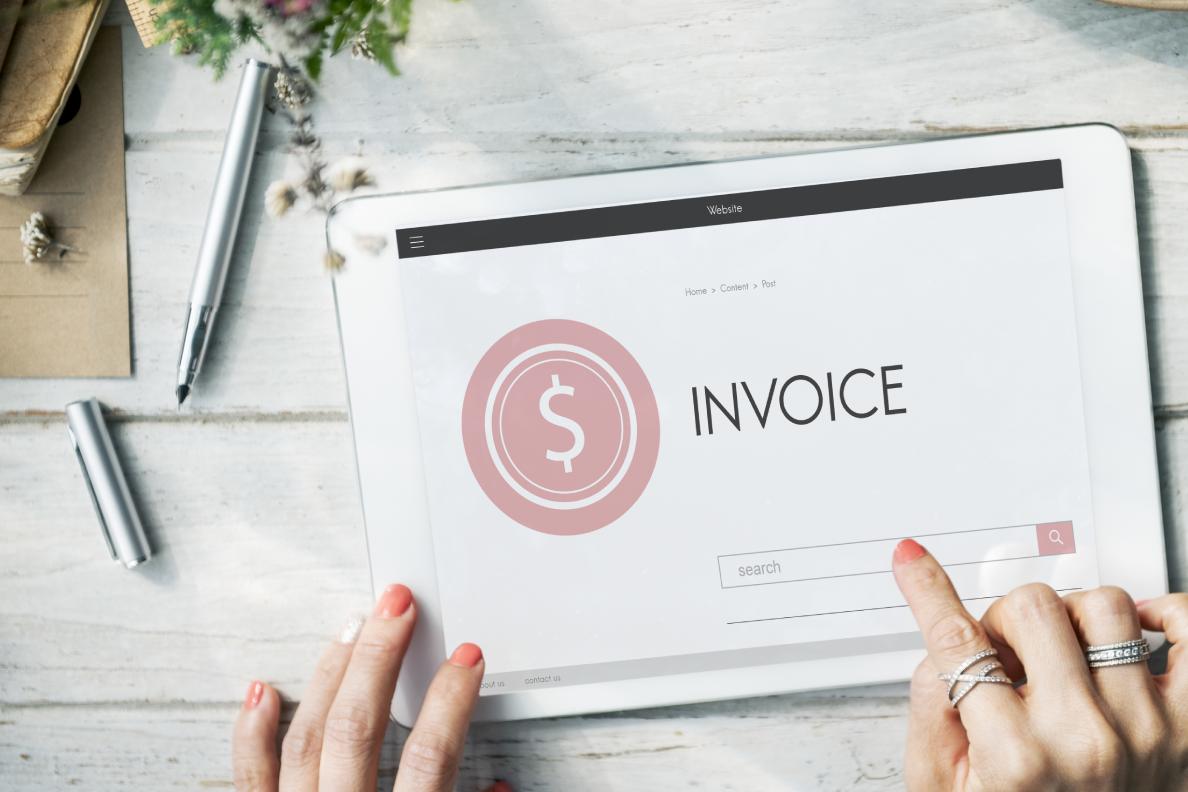How To Manage And Create Invoices Step By Step

Invoices are differentiated by being a legal document used by sellers and customers as proof that a commercial transaction was carried out, where both the service/product that was marketed and its price are specified.
Whether you are self-employed or your business is an SME, you must remember that you must generate an invoice for each product you sell and the work you do. Companies dedicated to managing invoices, such as AFINOM, are always a source of help when several invoices must be created professionally.
But if you need to learn how to do it, we recommend you keep reading because this post will explain how to manage and create invoices step by step.
Table of Contents
Billing Schedules
Billing programs are practical tools that you can find when organizing the administration of your business since they help you simplify any management, from the preparation of invoices to inventory management.
This way, you can get multiple free billing programs, which provide numerous possibilities, allowing you to customize your budgets and invoices, prepare automatic invoices periodically, and manage graphic information and indicators to achieve more effective management. Connect your online store, collect invoices with PayPal, easily capture your expenses, send and receive emails, etc.
Regardless of whether you bet on the use of billing programs, if you decide to create your invoices through Word or Excel, or if you prepare manual or proforma invoices, the truth is that you must do it every day.
Steps To Achieve Proper Invoice Management
The first thing you must consider is that the cycle of an invoice ends just at the moment it is charged, so until that moment, the document requires attention and dedication.
That being said, here are the steps you must take to achieve proper invoice management:
Negotiate The Payment Method
The form of payment must be formalized and signed, as well as the term and the additional guarantees; For this reason, the most advisable thing to do is to bet on the use of promissory notes because of their legal solidity.
The payment method you select must be indicated in any documentation, estimates, and invoices.
Compliance With The Agreement
Each of the parties has to fully comply with the agreement to prevent delays and possible returns that delay payments.
Billing
It would help if you filled in each mandatory data and simultaneously complied with the regulations established through Royal Decree.
Once included, it would be appropriate to review them well since if there were to be an error, it could end up causing problems for your business.
Shipment
There are specific maximum legal terms when issuing an invoice; however, it is always best to make sure you do it as soon as possible to prevent unnecessary delays.
Nowadays, the fastest procedure you can use consists of the electronic invoice and the digitization of the document (if you work with traditional paper invoices) to later be able to send it via email.
Organization
You have to organize pending charges based on their priority level, customers, due dates, and volume. In other words, you must manage what is most important and what you must do first.
Follow-Up
You must make sure to continually review the invoices pending collection in such a way that you can check their due date, status, delays, and possible exceptional circumstances.
Expiration
You have to consider the due date to avoid late payments; Likewise, you should keep in mind that those payments whose expiration occurs during vacation periods are generally delayed.
Steps To Prepare An Invoice
Now, to create invoices, regardless of their type or the kind of business you have, the first thing you have to know is the data that must be included since the following must always be present:
- The serial number of the invoice must be correlative and ordered starting at number 1, accompanied by the current fiscal year. For example, “01/23” (or the first invoice of the year 2023).
- The date of issuance of the document must also be correlative to the invoice number.
- Sender data, that is, to whom the document is addressed. Name and surname, CIF or NIF and address are included, although other relevant data can also be added, such as telephone number or email address.
- Address of the parties involved.
- A clear description of the product/service and its unit price establishes the tax base, that is, the total amount before tax.
- Amount or quantity of each product or service (within one of the columns) and the amount per unit (in the other). There could also be an additional column with the total amount (tax base).
- Tax base (amount of the invoice before taxes)
- VAT tax rate, whose percentage may vary depending on whether it is reduced, normal or super reduced.
- Personal income tax withholding (only if necessary).
- The total amount to be paid must be calculated by adding the VAT percentage to the tax base.
The total amount, that is, the sum of the tax base (IRPF + VAT)
Also Read: How Much Time Do We Waste Looking For Documents?






